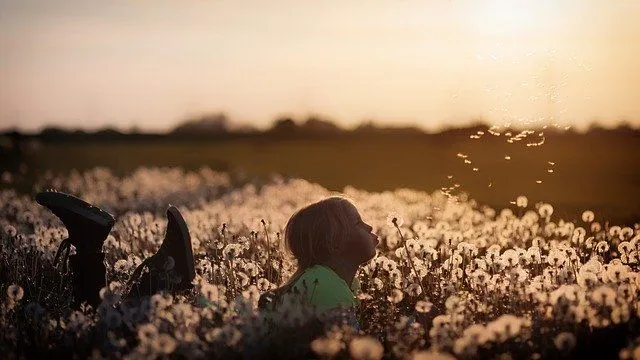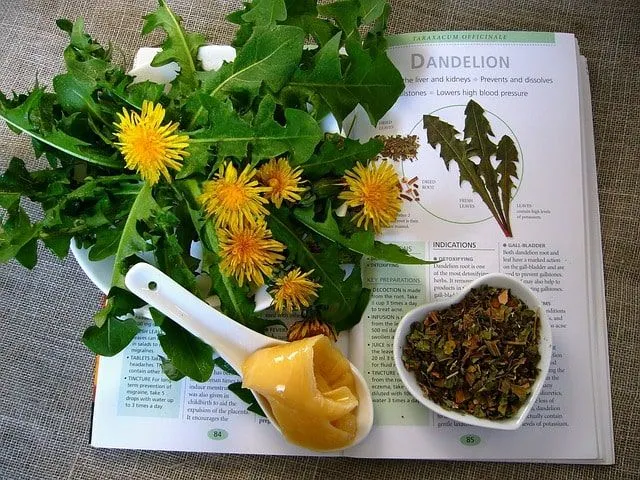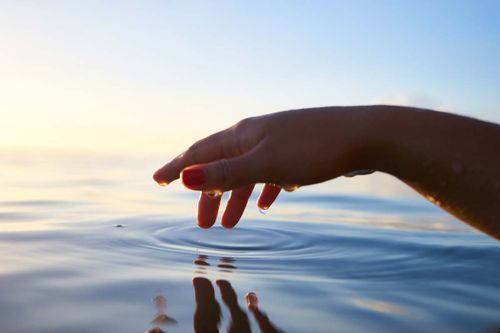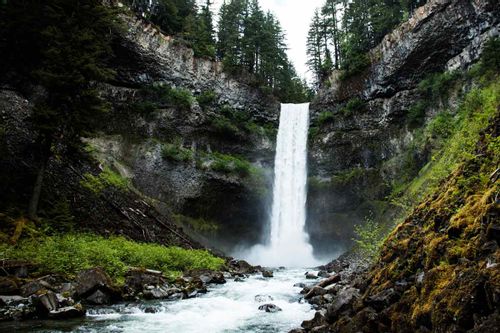FOR ALL AGES
Worldwide there are hundreds of thousands of varieties of flowers and they have the capability to instantly cheer you up when you see them blooming along the roadside or in a beautifully decorative bouquet.
Of course, as well as adding plenty of color to their environment, they have an incredibly important role in feeding insects, animals and even some humans as well as providing ingredients for natural medicines. There are so many facts about flowers due to how many there are that we have chosen to focus on one particular flower that is normally viewed as a nuisance weed, the dandelion, in order to find out more about this instantly recognizable plant.
Staying within the topic of nature, we also have a fantastic article on facts about spring if you are interested in knowing more about the seasons.
When you think of this flower you might instantly visualize a yellow dandelion with bright petals and jagged looking leaves but there are actually several different dandelion types which this section will tell you all about.
1. The common dandelion, which is the yellow variety most people recognize, has the Latin name of Taraxacum officinale.
2. Although it looks similar to the common dandelion, the red-seeded dandelion has a reddish stem and is native to Europe. It can, however, also be found in more northern regions of North America.
3. Japanese white dandelions are native to southern Japan and normally grow along roadsides and meadows. They have white petals with a yellow centre and attract many varieties of butterfly.
4. Pink dandelions look similar to the common dandelion but have a pastel pink bloom which makes them very eye-catching. They grow in the high meadows of central Asia but do also grow well in plant pots.
5. Russian dandelions, which grow in mountainous regions of Uzbekistan and Kazakhstan, have a similar look to common dandelions but their leaves are generally thicker and they have a grey hue. Their roots also have a high rubber content which makes them a great alternative source for rubber and is why they are sometimes referred to as 'rubber root'.
6. The California dandelion is native to the San Bernardino mountains but is an endangered plant species due to urbanization, vandalism and changes in the weather.
7. There are several different plants that resemble dandelions but aren't. Allium hollandicum for example, which is grown worldwide for its decorative flower, looks like a large purple dandelion but actually belongs to the same family of plants as garlic.

These interesting facts about dandelions are all to do with the flower's history such as where it came from and how it has been viewed and used over the years.
8. Dandelions are now seen as bad as they sprout up in the garden and on perfectly manicured lawns but they weren't viewed as a weed until the 20th century. Before then, gardeners would actually pull out grass to make room for more dandelions.
9. Although dandelions have been existence for a long, long time, the first recording on them was in Roman times.
10. Dandelions have been used in traditional Chinese medicine for over a thousand years and their flowers, leaves and roots were also used by the Ancient Egyptians and Greeks.
11. The common dandelion is not native to North America and was introduced to the area as a result of it being brought over to Eastern America by European settlers in the 1600s.
Dandelions are instantly recognizable both as a yellow flower and as a wispy white ball but these facts look at dandelion characteristics in more details to find out more about this common plant.
12. Dandelion leaves can be eaten raw and cooked and are a source of vitamin A, C and K.
13. A dandelion's roots can be roasted to create a caffeine-free dandelion coffee.
14. The dandelion stem is responsible for transporting water and minerals to other parts of the plant.
15. Although considered a weed, guinea pigs really enjoy eating dandelions and will feast on both the jagged-toothed leaves and dandelion flowers.
These flowers seem to pop up in the most unusual of places and at an alarming rate so they must have a very effective life cycle. These dandelion facts explain all about how the dandelion grows and reproduces.
16. When the dandelion flower opens in can be pollinated by a range of insects including bees and butterflies.
17. It takes about a week for a dandelion to transform from a flower into a puff ball of seeds.
18. Dandelions tend to grow the most abundantly during the Spring but they can flower in the fall as well.
19. Dandelions use the wind to disperse their seeds which can carry them a distance of up to 5 miles. When humans blow dandelions, we doubt the seeds travel quite as far!
20. The dandelion flower opens in the morning when the sun rises and closes back up at night.
21. Undisturbed, a single dandelion plant can live for up to 13 years.

If you've ever wondered what the word dandelion actually means or whether they have any important meaning then these facts are here to give you some answers!
22. The toothed leaves of a dandelion are said to look like a lion's teeth due to their jagged edges which translates to 'dent de lion' in old French. Dent de lion is where the name dandelion comes from and the words sound very similar.
23. In German, the name dandelion translates to 'lowenzahn' which also means lion's tooth.
24. The dandelion represents the three celestial bodies of the sun, moon and stars and is said to be the only flower that does so. The yellow flower resembles the sun, whilst the puff ball relates to the moon. The dispersing seeds are like the stars.
25. The most common allergy to dandelions is contact dermatitis where after contact with a dandelion, a person's skin can become red, itchy or swollen and they can get eczema-like symptoms.
26. Many people believe you can wish on a dandelion by picking one, holding it in your hand and thinking about your wish as you gently blow on it, dispersing seeds into the air.
27. A dandelion's leaves can grow as long as 10 inches.
Here at Kidadl, we have carefully created lots of interesting family-friendly facts for everyone to enjoy! If you liked our suggestions for 27 Dandelion Facts That Will Blow You Away! then why not take a look at pecan tree facts, or honey facts?
Read The Disclaimer
At Kidadl we pride ourselves on offering families original ideas to make the most of time spent together at home or out and about, wherever you are in the world. We strive to recommend the very best things that are suggested by our community and are things we would do ourselves - our aim is to be the trusted friend to parents.
We try our very best, but cannot guarantee perfection. We will always aim to give you accurate information at the date of publication - however, information does change, so it’s important you do your own research, double-check and make the decision that is right for your family.
Kidadl provides inspiration to entertain and educate your children. We recognise that not all activities and ideas are appropriate and suitable for all children and families or in all circumstances. Our recommended activities are based on age but these are a guide. We recommend that these ideas are used as inspiration, that ideas are undertaken with appropriate adult supervision, and that each adult uses their own discretion and knowledge of their children to consider the safety and suitability.
Kidadl cannot accept liability for the execution of these ideas, and parental supervision is advised at all times, as safety is paramount. Anyone using the information provided by Kidadl does so at their own risk and we can not accept liability if things go wrong.
Kidadl is independent and to make our service free to you the reader we are supported by advertising.
We hope you love our recommendations for products and services! What we suggest is selected independently by the Kidadl team. If you purchase using the buy now button we may earn a small commission. This does not influence our choices. Please note: prices are correct and items are available at the time the article was published.
Kidadl has a number of affiliate partners that we work with including Amazon. Please note that Kidadl is a participant in the Amazon Services LLC Associates Program, an affiliate advertising program designed to provide a means for sites to earn advertising fees by advertising and linking to amazon.
We also link to other websites, but are not responsible for their content.
Was this article helpful?



Browse Category



We’ll send you tons of inspiration to help you find a hidden gem in your local area or plan a big day out.



Check your inbox for your latest news from us. You have subscribed to:
Remember that you can always manage your preferences or unsubscribe through the link at the foot of each newsletter.